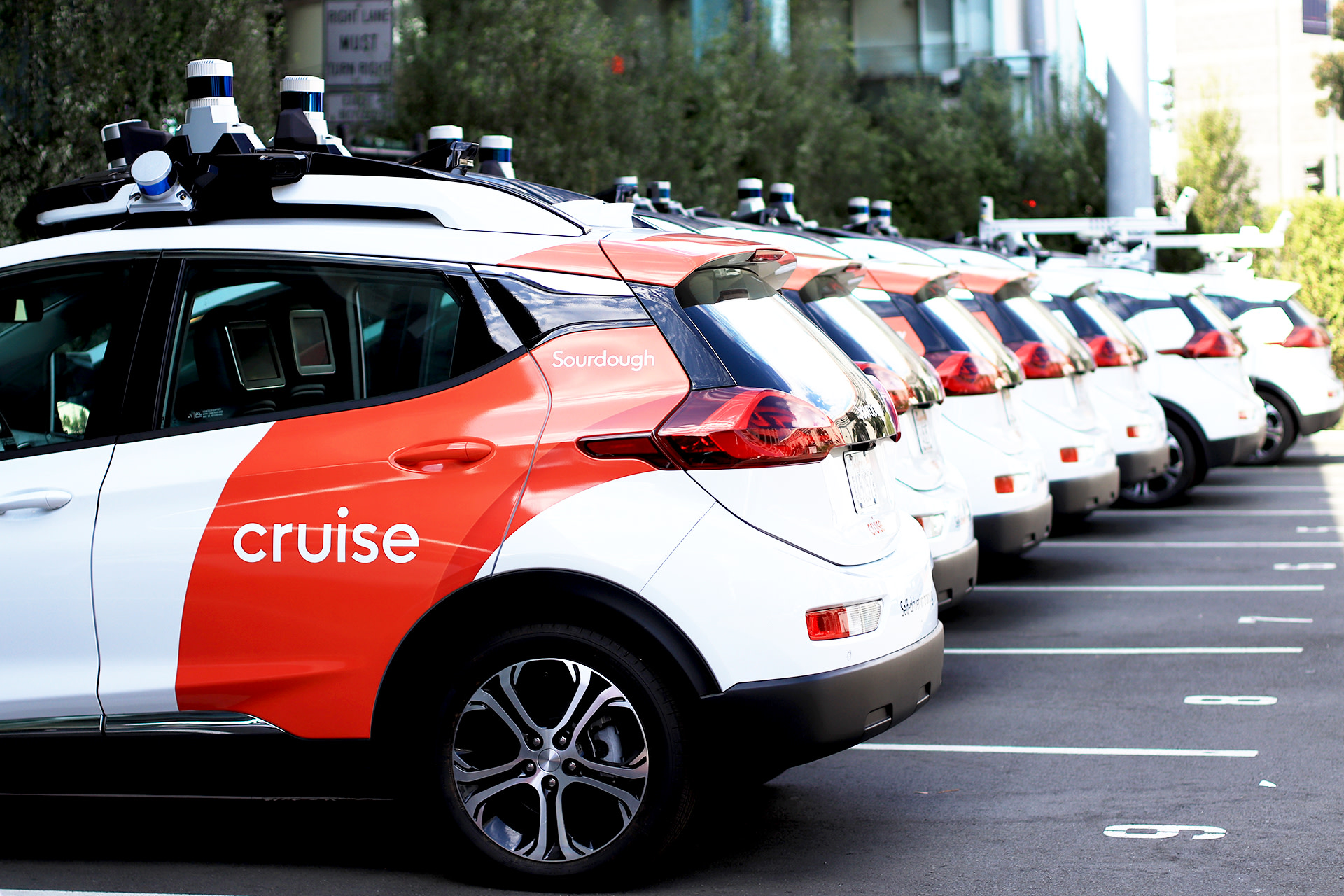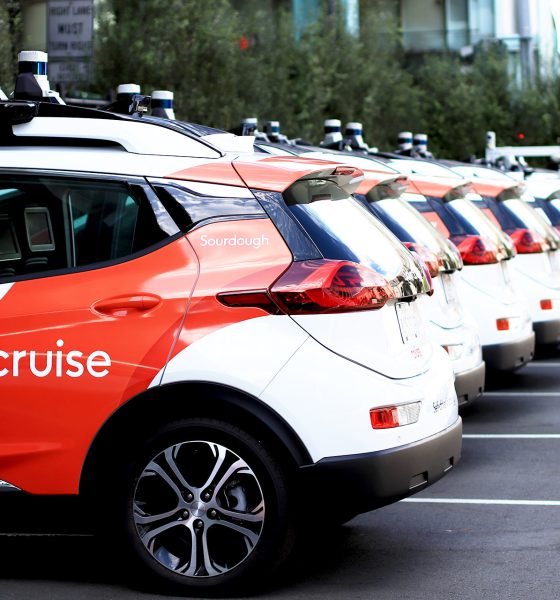General Motors’ (GM’s) driverless ride-hailing company Cruise has been hit with its latest fine, after the company failed to disclose certain details about an accident involving a pedestrian last October.
Cruise has agreed to pay a $500,000 criminal fine over the record it submitted following an accident with a pedestrian last October, as detailed by the Department of Justice (DOJ) in deferred prosecution that was revealed on November 14 (via Automotive News). The decision was made within the U.S. Attorney’s Office in the Northern District of California, and it comes as the most recent legal penalty the company has had to pay after regulators said it “omitted” and “misrepresented” details about the accident.
According to NHTSA special agent Cory Legars, who is overseeing the Cruise case, the fine is intended to help hold Cruise and its staff accountable, following a “lack of candor” in response to the 2023 crash in which a robotaxi dragged and pinned a pedestrian.
The DOJ echoed the company’s withholding of certain details following the accident, which caused “multiple traumatic injuries” for the pedestrian, according to emergency responders. Cruise has also been criticized over its response to the accident by other agencies, including the California Public Utilities Commission (CPUC) and the state’s Department of Motor Vehicles (DMV).
Along with the fine, Cruise must also implement a safety compliance program, submit yearly reports to the U.S. Attorney’s Office, and cooperate with all government agency investigations.
In a written statement, Cruise Chief Administrative Officer Craig Glidden said that company maintained a “firm commitment to transparency with our regulators.”
Cruise leadership pledges more transparency, greater culture of safety in new letter
Cruise’s October 2023 accident and other crash response fines
In the accident, which took place on October 2, 2023, a Cruise robotaxi struck a pedestrian moments after she had been hit by a car with a human driver. The pedestrian ended up in the path of the Cruise vehicle, which hit her, dragged her about 20 feet, and engaged an emergency stop sequence that caused the vehicle to stop on top of her with hazard lights on until authorities arrived.
Following the accident, the DMV and other agencies noted that Cruise avoided sharing certain details, including exactly what the robotaxi did after it ran over the individual. Weeks later, Cruise disclosed a more full version of events, but it was only after the DMV specifically requested more details. The agency also suspended Cruise’s permit to operate self-driving vehicles, effective immediately.
“Cruise’s omission hinders the ability of the department to effectively and timely evaluate the safe operation of Cruise vehicles and puts the safety of the public at risk,” said Bernard Soriano, DMV deputy director, after the accident.
In the following weeks and months, Cruise would go on to see a significant staff and executive shake-up, with its two co-founders resigning alongside several other high-level employees. The company also went on to let go of around a quarter of its staff, before hiring several new executives in attempts to regain public and regulator trust and relaunch the service.
Cruise is currently aiming to reboot driverless ride-hailing sometime this year, though it has faced multiple fines from agencies and regulators in addition to the $500,000 agreement with the DOJ.
In June, following months of commission deliberation, Cruise was ordered by the CPUC to pay the maximum penalty of $112,500 for its crash response, after the company originally lobbied for a fine of just $75,000. In September, the NHTSA ordered Cruise to pay a $1.5 million fee, along with submitting a corrective action plan and additional details on how the company plans to fulfill reporting standards in any future incidents.
What are your thoughts? Let me know at zach@teslarati.com, find me on X at @zacharyvisconti, or send us tips at tips@teslarati.com.
Cruise robotaxi pedestrian accident review concludes with strange findings

News
Tesla FSD V14.2 starts rolling out to initial batch of vehicles
It would likely only be a matter of time before FSD V14.2 videos are posted and shared on social media.
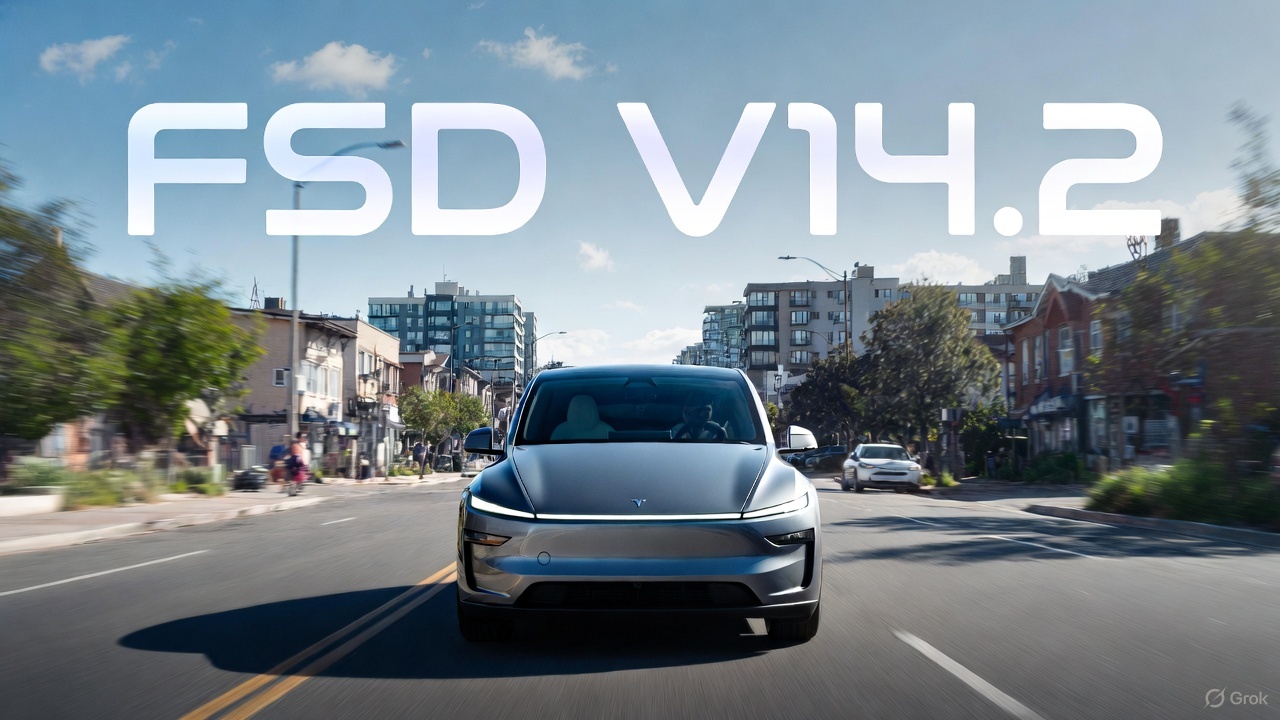
Tesla has begun pushing Full Self-Driving (Supervised) v14.2 to its initial batch of vehicles. The update was initially observed by Tesla owners and veteran FSD users on social media platform X on Friday.
So far, reports of the update have been shared by Model Y owners in California whose vehicles are equipped with the company’s AI4 hardware, though it would not be surprising if more Tesla owners across the country receive the update as well.
Based on the release notes of the update, key improvements in FSD V14.2 include a revamped neural network for better detection of emergency vehicles, obstacles, and human gestures, as well as options to select arrival spots.
It would likely only be a matter of time before FSD V14.2 videos are posted and shared on social media.
Following are the release notes of FSD (Supervised) V14.2, as shared on X by longtime FSD tester Whole Mars Catalog.
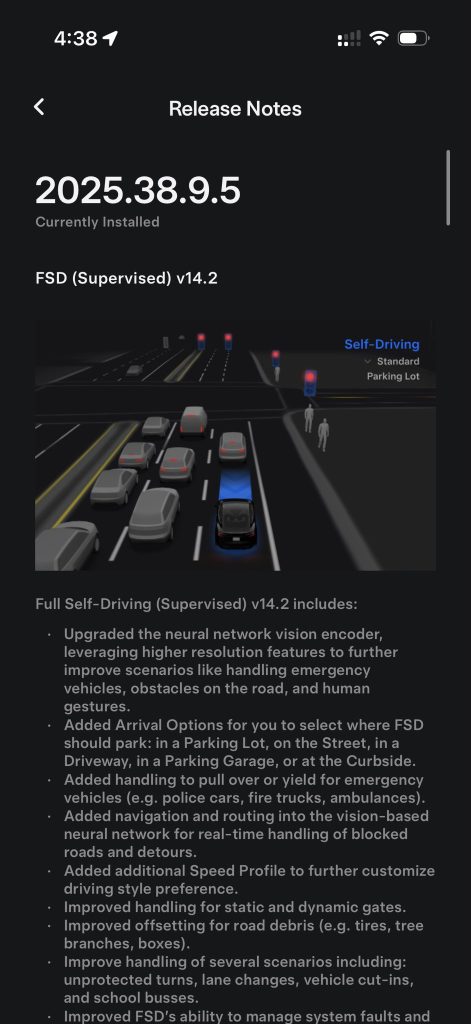
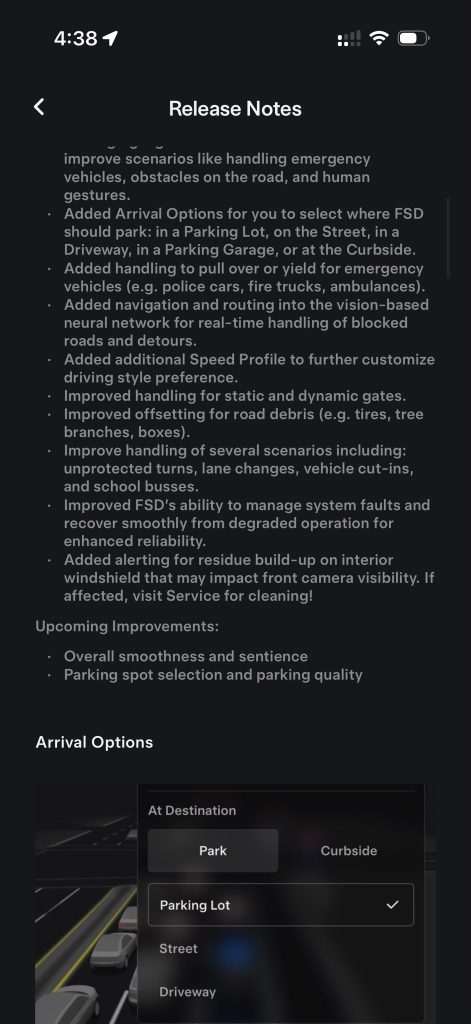
Release Notes
2025.38.9.5
Currently Installed
FSD (Supervised) v14.2
Full Self-Driving (Supervised) v14.2 includes:
- Upgraded the neural network vision encoder, leveraging higher resolution features to further improve scenarios like handling emergency vehicles, obstacles on the road, and human gestures.
- Added Arrival Options for you to select where FSD should park: in a Parking Lot, on the Street, in a Driveway, in a Parking Garage, or at the Curbside.
- Added handling to pull over or yield for emergency vehicles (e.g. police cars, fire trucks, ambulances.
- Added navigation and routing into the vision-based neural network for real-time handling of blocked roads and detours.
- Added additional Speed Profile to further customize driving style preference.
- Improved handling for static and dynamic gates.
- Improved offsetting for road debris (e.g. tires, tree branches, boxes).
- Improve handling of several scenarios including: unprotected turns, lane changes, vehicle cut-ins, and school busses.
- Improved FSD’s ability to manage system faults and improve scenarios like handling emergency vehicles, obstacles on the road, and human gestures.
- Added Arrival Options for you to select where FSD should park: in a Parking Lot, on the Street, in a Driveway, in a Parking Garage, or at the Curbside.
- Added handling to pull over or yield for emergency vehicles (e.g. police cars, fire trucks, ambulances).
- Added navigation and routing into the vision-based neural network for real-time handling of blocked roads and detours.
- Added additional Speed Profile to further customize driving style preference.
- Improved handling for static and dynamic gates.
- Improved offsetting for road debris (e.g. tires, tree branches, boxes).
- Improve handling of several scenarios, including unprotected turns, lane changes, vehicle cut-ins, and school buses.
- Improved FSD’s ability to manage system faults and recover smoothly from degraded operation for enhanced reliability.
- Added alerting for residue build-up on interior windshield that may impact front camera visibility. If affected, visit Service for cleaning!
Upcoming Improvements:
- Overall smoothness and sentience
- Parking spot selection and parking quality
News
Tesla Model X lost 400 pounds thanks to these changes
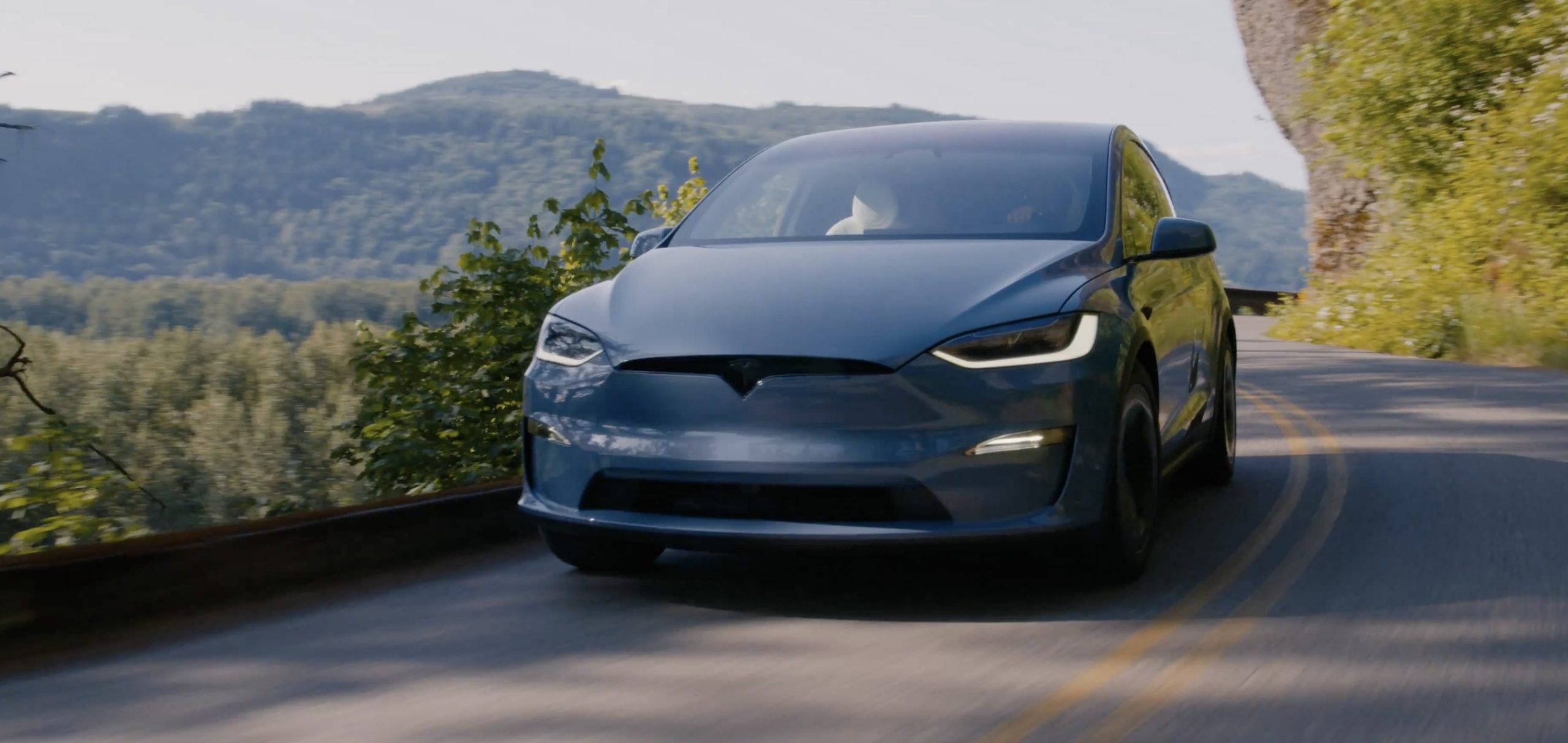
The Tesla Model X has always been one of the company’s most loved vehicles, despite its low sales figures, which can be attributed to its high price tag.
However, the Model X has been a signature item on Tesla’s menu of cars, most notably recognized by its Falcon Wing Doors, which are aware of its surroundings and open according to what’s around it.
But recent improvements to the Model X were looking slim to none, but it appears most of the fixes actually happened under the body, at least according to Tesla’s Vice President of Powertrain, Lars Moravy.
In a recent interview with Car and Driver, Moravy detailed all of the changes to the 2026 iteration of the vehicle, which was about 400 pounds lighter than it was originally. The biggest change is a modification with the rear motor, switching from an induction-type motor to a permanent-magnet design and optimizing the half-shafts, which shed about 100 pounds.
Tesla also got “almost 80 pounds out of the interior bits and pieces,” which “included making parts thinner, different manufacturing process choices, and incorporating airbag-deployment requirements into the headliner fabric,” the report said.
Additionally, the standard five-passenger, bench seat configuration saved 50 pounds by ditching pedestal mounting. This also helped with practicality, as it helped the seat fold flat. Engineers at Tesla also saved 44 pounds from the high-voltage wiring through optimizing the wiring from the charge-port DC/DC converter and switching from copper to aluminum wiring.
Tesla makes a decision on the future of its flagship Model S and Model X
Tesla also simplified the cooling system by reducing the number of radiators. It also incorporated Nürburgring cooling requirements for the Plaid variant, which saved nearly 30 pounds.
Many Tesla fans will be familiar with the megacastings, manufactured in-house by presses from IDRA, which also saves more than 20 pounds and boosts torsional stiffness by around 10 percent. Tweaks to the suspension also saved 10 pounds.
People were truly disappointed with what Tesla did with the Model S and Model X, arguing that the cars needed a more severe exterior overhaul, which might be true. However, Tesla really did a lot to reduce the weight of the vehicle, which helps increase range and efficiency. According to Grok, every 200 pounds removed adds between 7 and 15 percent to range estimations.
This makes sense considering the range estimations both increased by 7 percent from the Model X’s 2025 configuration to the 2026 builds. Range increased on the All-Wheel-Drive trim from 329 miles to 352 miles, while the Plaid went from 314 miles to 335 miles.
News
Tesla launches its new branded Supercharger for Business with first active station
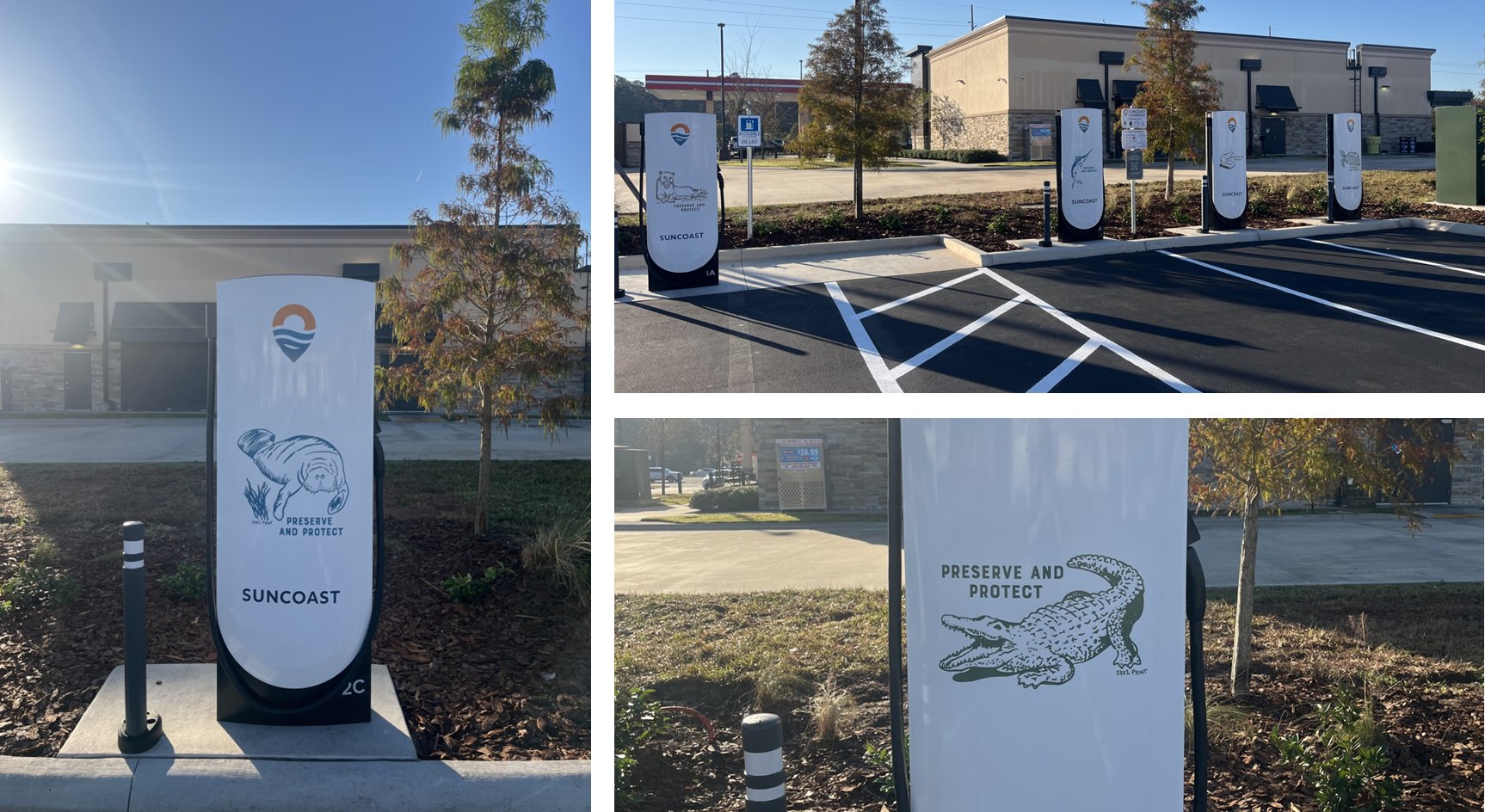
Tesla has officially launched its first branded Supercharger just months after initiating a new program that allows third-party companies to brand their own charging piles.
The site opened in Land O’ Lakes, Florida, and features eight V4 Supercharging stalls offering up to 325 kW of charging speed. It appears it was purchased by a company called Suncoast Credit Union. This particular branch is located Northeast of Tampa, which is on the Gulf of Mexico.
It features graphics of Florida animals, like alligators:
Here’s a video of the graphics being installed on the Tesla Superchargers at this site: https://t.co/oIfEPNZjAH pic.twitter.com/ENWakZ2qT9
— TESLARATI (@Teslarati) November 20, 2025
Tesla launched this program back in September, and it basically was a way to expand its Supercharger presence and also allow companies to pay for the infrastructure. Tesla maintains it. When it announced the “Supercharger for Business,” it said:
“Purchase and install Superchargers at your business. Superchargers are compatible with all electric vehicles, bringing EV drivers to your business by offering convenient, reliable charging.”
The program does a few things. Initially, it expands EV charging infrastructure and makes charging solutions more readily available for drivers. It can also attract people to those businesses specifically.
Tesla launches new Supercharger program that business owners will love
The chargers can also be branded with any logo that the business chooses, which makes them more personalized and also acts as an advertisement.
The best part is that the customers do not have to maintain anything about the Supercharger. Tesla still takes care of it and resolves any issues:
“We treat your site like we treat our sites. By providing you with a full-service package that includes network operations, preventative maintenance, and driver support, we’re able to guarantee 97% uptime–the highest in the industry.”
It appears the Superchargers will also appear within the in-car nav during routing, so they’ll be publicly available to anyone who needs to use them. They are still available to all EVs that have worked with Tesla to utilize its infrastructure, and they are not restricted to people who are only visiting the business.
